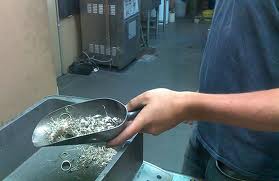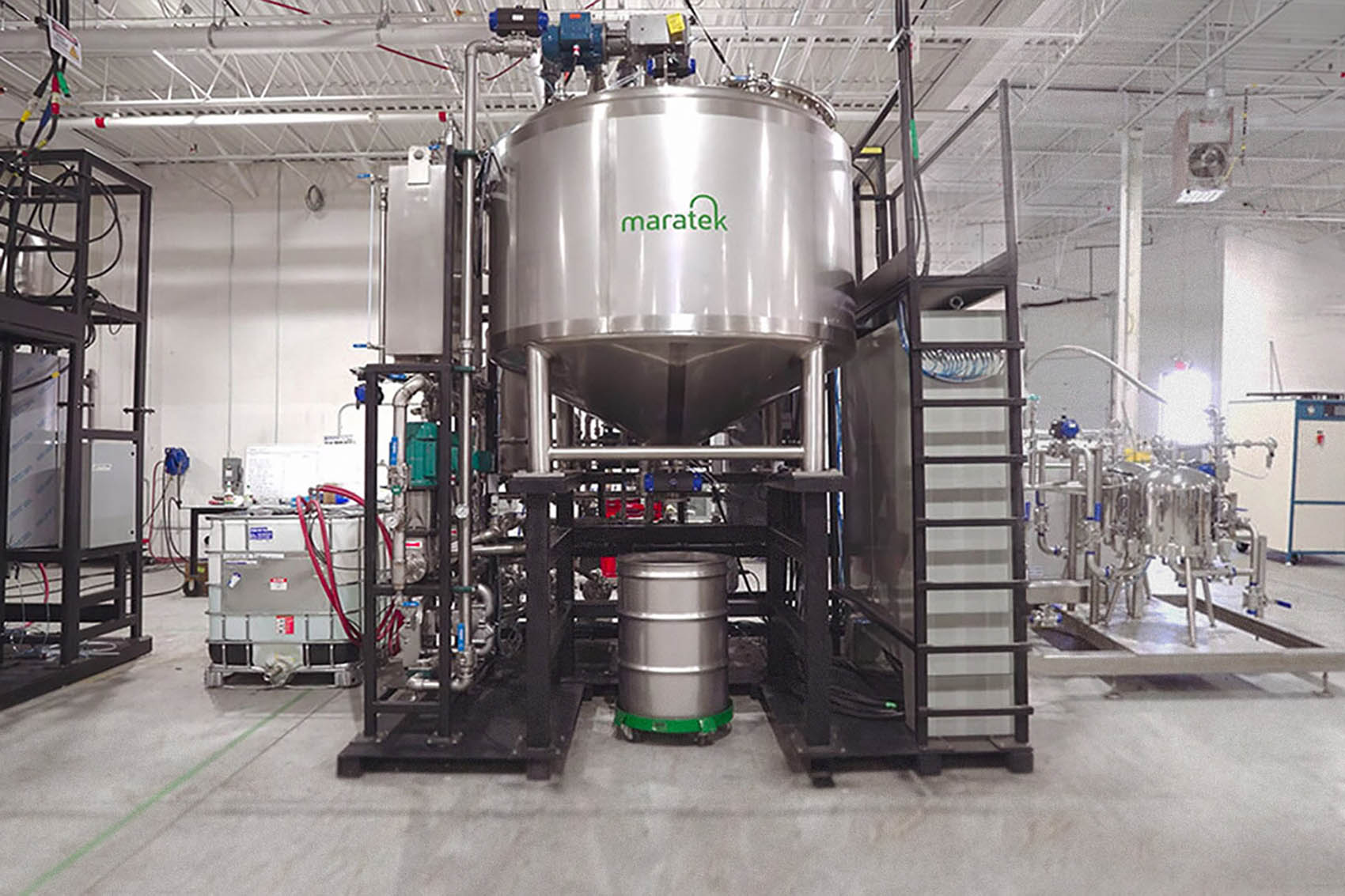The Uses Of Silver And Why We Recover Silver in our Silver Refinery
Matatek Environmental is one of Canada's largest refiners of silver, we process many thousands of ounces of silver each year, and we often get asked, by buyers and sellers of silver, about the many uses of the metal and what forms of silver waste can we actually recycle or recover in our silver refinery.
 Let's first talk about silver as a metal, as understanding the properties of silver help us to understand the may diverse uses of the metal and why we go to great lengths to recycle and recover silver by using our silver refinery.
Let's first talk about silver as a metal, as understanding the properties of silver help us to understand the may diverse uses of the metal and why we go to great lengths to recycle and recover silver by using our silver refinery.
Silver is a very ductile, malleable (slightly harder than gold), monovalent metal, with a brilliant white metallic luster that can take a high degree of polish.
It has the highest electrical conductivity of all metals, even higher than copper, but its greater cost has prevented it from being widely used in place of copper for electrical purposes. An exception to this is in radio-frequency engineering, particularly at VHF and higher frequencies, where silver plating to improve electrical conductivity of parts, including wires, is widely employed.
Among metals, pure silver has the highest thermal conductivity. Silver is the best conductor of heat and electricity of any metal on the periodic table. Silver also has the lowest contact resistance of any metal.
Amongst its photography properties, silver halides are photosensitive and are remarkable for their ability to record a latent image that can later be developed chemically. Silver is stable in pure air and water, but tarnishes when it is exposed to air or water containing ozone orhydrogen sulfide, the latter forming a black layer of silver sulfide which can be cleaned off with dilute hydrochloric acid.
The Many Uses of Silver
Many well-known uses of silver involve its precious metal properties, including currency, decorative items, and mirrors. The contrast between its bright white color and other media makes it very useful to the visual arts. It has also long been used to confer high monetary value as objects (such as silver coins and investment bars) or make objects symbolic of high social or political rank. Silver salts have been used since the Middle Ages to produce a yellow or orange colours to stained glass, and more complex decorative colour reactions can be produced by incorporating silver metal in blown, kilnformed or torchworked glass.
Silver Currency
Silver Jewelry and silverware
Silver in Dentistry
Silver in Photography
Silver X-Ray Film
Silver in Electronics
Silver Mirrors
Silver optics
Biology - Silver stains
Medicine
Other industrial and commercial applications of Silver:
Silver and silver alloys are used in the construction of high-quality musical wind instruments of many types. Flutes, in particular, are commonly constructed of silver alloy or silver plated, both for appearance and for the frictional surface properties of silver.
Silver's catalytic properties make it ideal for use as a catalyst in oxidation reactions, for example, the production of formaldehyde from methanol and air by means of silver screens or crystallites containing a minimum 99.95 weight-percent silver.
Because silver readily absorbs free neutrons, it is commonly used to make control rods to regulate the fission chain reaction in pressurized water nuclear reactors, generally in the form of an alloy containing 80% silver, 15% indium, and 5% cadmium.
Silver is used to make solder and brazing alloys, and as a thin layer on bearing surfaces can provide a significant increase in galling resistance and reduce wear under heavy load, particularly against steel.
Silver Investing
Silver coins and bullion are used for investing. Mints sell a wide variety of silver products for investors and collectors. Various institutions provide safe storage for large physical silver investments, and various types of silver investments can be made on the stock markets, including mining stocks. Silver bullion bars are sold in a wide range of ounces, provided by various mints and mines around the world. Silver coins and bullion bars are generally 99.9% pure, and labeled with ".999".
Silver in Clothing
Hard to believe but silver is used in some clothing. Silver inhibits the growth of bacteria and fungi on clothing, such as socks, so is added to reduce odors and the risk of bacterial and fungal infections. It is incorporated into clothing or shoes either by integrating silver nanoparticles into the polymer from which yarns are made or by coating yarns with silver. The loss of silver during washing varies between textile technologies, and the resultant effect on the environment is not yet fully known.
About Maratek Environmental Silver Refinery
Maratek buys all forms of silver coins, silver jewelery, silver film, silver x-rays and many other silver materials for recycling and silver recovery. Maratek processes and refines a wide variety of silver bearing materials. Silver is refined to a purity of 99.9% which is subsequently used in alloys or the production of silver bars.
Recovered silver metal is returned to the customer in bars, alloys or is purchased outright by Maratek.
Our silver refining and silver recycling services have competitive pricing and we give prompt payment terms for your silver waste and unwanted silver products that might need silver recovery or silver recycling.




